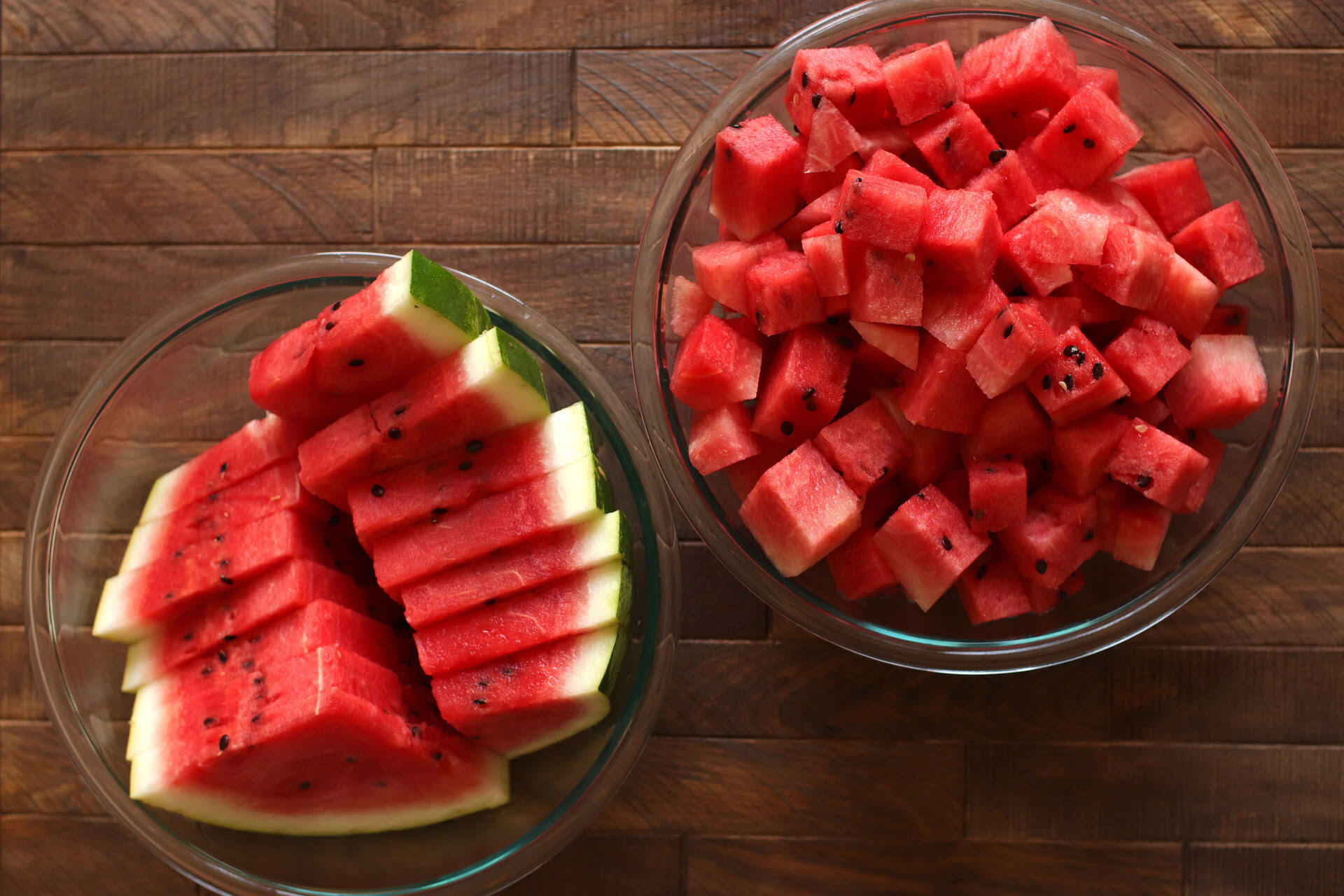

Articles
How To Store Cut Watermelon
Modified: April 22, 2024
Learn the best ways to store cut watermelon in this informative article. Keep your watermelon fresh and tasty for longer with these storage tips.
(Many of the links in this article redirect to a specific reviewed product. Your purchase of these products through affiliate links helps to generate commission for Storables.com, at no extra cost. Learn more)
Introduction
Watermelon is a refreshing and delicious fruit that is perfect for quenching thirst and satisfying sweet cravings. However, once you’ve cut into a watermelon, it can be challenging to keep it fresh and juicy for an extended period. In this article, we will explore the best methods for storing cut watermelon to maintain its freshness and flavor.
Whether you have leftover watermelon slices from a picnic, a party, or simply want to enjoy a portion of a larger melon, proper storage is essential to prevent spoilage and keep the fruit at its best. By following a few simple steps, you can extend the shelf life of cut watermelon without sacrificing its taste or texture.
From selecting the right watermelon to utilizing effective storage techniques, we will delve into the most effective means of keeping your cut watermelon as fresh as possible. By understanding the science behind preserving this juicy fruit, you’ll be able to enjoy its crispness and sweetness for days to come.
So, let’s jump right in and discover how to store cut watermelon to ensure optimal freshness and taste!
Key Takeaways:
- Choose a ripe watermelon and store cut pieces in airtight containers or wrapped in plastic to maintain freshness and flavor. Keep it cool and consume within 3-4 days for optimal taste.
- Properly prepare and store cut watermelon in the refrigerator to extend its shelf life. Use airtight containers or wrapping methods, and follow best practices for hygiene and storage.
Read more: How To Store Cut Watermelon In The Fridge
Selecting the Right Watermelon
Before you even think about cutting into a watermelon, it’s crucial to select a ripe and flavorful one. The quality of the watermelon you choose will have a significant impact on its taste and how well it stores after being cut. Here are a few tips to help you select the right watermelon:
- Look for a symmetrical shape: A uniformly shaped watermelon is a good indicator of even ripeness. Avoid those with irregular shapes or lumps.
- Check the color: The ideal watermelon should have a deep, vibrant green skin. Avoid ones that appear pale or yellowish.
- Tap it: Gently tap the watermelon with your knuckles. If you hear a hollow sound, it’s a sign that the fruit is ripe and juicy.
- Inspect the skin: Make sure the watermelon’s skin is smooth and free from bruises, cuts, or blemishes.
- Examine the field spot: The watermelon’s field spot is the area where it was resting on the ground. Look for a creamy yellow or orange color, as this indicates that the fruit is ripe.
- Feel the weight: A ripe watermelon will feel heavy for its size. Avoid ones that feel light or have soft spots.
By following these tips, you can ensure that you choose a ripe, flavorful watermelon that will be a delight to eat and easy to store once it’s been cut. Remember, selecting a high-quality watermelon is the first step in preserving its freshness.
Preparing Your Watermelon
Once you’ve selected a ripe watermelon, it’s time to prepare it for storage after it has been cut. Proper preparation ensures that your watermelon stays fresh and maintains its taste and texture. Here are the steps to follow:
- Wash the watermelon: Before slicing into the watermelon, rinse the outer skin thoroughly with water to remove any dirt or bacteria that may be present.
- Clean your utensils: Make sure your cutting board and knife are clean and sanitized to avoid any contamination. Wash them with hot water and soap before use.
- Choose your cutting method: There are various ways to cut a watermelon, depending on your preference. You can slice it into wedges, cubes, or use a melon baller to create small, round pieces. Choose the cutting method that suits your needs.
- Remove the rind: Gently cut off the green rind, ensuring you remove all the white part just beneath it, as it can be bitter.
- Remove seeds if desired: If you prefer seedless watermelon or want to avoid biting into seeds, take the time to remove them using a spoon or your fingers.
- Pat dry the pieces: Once you have cut your watermelon into the desired pieces, use a clean paper towel to pat them dry. Excess moisture can cause the watermelon to become mushy or spoil more quickly.
By following these steps, you’ll be well-prepared to store your cut watermelon properly. Taking the time to wash the fruit, clean your utensils, and remove the rind and seeds will help ensure the longevity of your watermelon’s freshness.
Storing Watermelon in the Refrigerator
The refrigerator is the most common and effective place to store cut watermelon. The cool temperature helps slow down the ripening process and keeps the fruit fresh for a longer time. Here’s how you can store your cut watermelon in the refrigerator:
- Choose an airtight container: Place your cut watermelon pieces in an airtight container. It could be a plastic or glass container with a lid or a resealable plastic bag. The key is to prevent air exposure, which can cause the watermelon to become dry and lose its succulence.
- Arrange the pieces properly: Ensure that the watermelon pieces are arranged in a single layer inside the container. Overlapping or stacking them too tightly can lead to uneven cooling and potential moisture buildup.
- Store on a lower shelf: Place the container of watermelon pieces on one of the lower shelves of the refrigerator. This helps maintain a consistent temperature and prevents it from being exposed to warmer air near the top of the fridge.
- Keep away from strong odors: Avoid storing your cut watermelon near strong-smelling foods, as watermelon can absorb odors easily.
It’s important to note that cut watermelon stored in the refrigerator will have a shorter shelf life than a whole, uncut watermelon. Aim to consume it within 3-4 days for the best taste and texture.
If you notice any signs of spoilage such as mold, sliminess, or a fermented smell, it’s best to discard the watermelon to avoid any health risks.
Remember to always keep your refrigerator clean and maintain a consistent temperature to ensure optimal storage conditions for your cut watermelon.
After cutting a watermelon, store it in an airtight container in the refrigerator to keep it fresh and prevent it from absorbing other odors.
Wrapping Your Watermelon
If you prefer an alternative method to storing your cut watermelon in a container, you can consider wrapping it up. Wrapping your watermelon helps retain its moisture, prevent cross-contamination with other foods in the refrigerator, and maintain its flavor. Here’s how you can wrap your watermelon:
- Cut the watermelon into pieces: Start by cutting your watermelon into manageable pieces, whether it’s wedges or cubes.
- Wrap each piece individually: Take each piece of watermelon and wrap it tightly in plastic wrap. Ensure that it is fully covered, leaving no gaps or exposed areas.
- Secure with a rubber band or tape: To keep the plastic wrap in place, you can use a rubber band or tape to secure it. This step helps to maintain the watermelon’s freshness and prevent air from reaching the fruit.
- Label and date: If you have multiple wrapped watermelon pieces, consider labeling them with the date to keep track of their freshness.
- Store in the refrigerator: Place the wrapped watermelon pieces in the refrigerator on a lower shelf, away from strong-smelling foods.
By wrapping your watermelon, you create a protective barrier that helps prevent it from drying out and absorbing unwanted odors. This method is especially useful when you have a large cut watermelon and want to store individual portions separately.
Remember to consume the wrapped watermelon within a few days to ensure optimal flavor and texture. If you notice any signs of spoilage, discard the wrapped piece to prevent any health risks.
Wrapping your watermelon is a convenient and practical way to store cut pieces, whether you’re saving them for a quick snack or using them in recipes. Give it a try and enjoy the freshness and taste of your watermelon whenever you’re ready to indulge.
Read more: How To Store Cut Watermelon Without Fridge
Using Airtight Containers for Storing Cut Watermelon
If you prefer a hassle-free and secure method for storing cut watermelon, using airtight containers is an excellent option. Airtight containers provide an optimal storage environment, keeping your watermelon fresh, juicy, and protected from external elements. Here’s how you can use airtight containers to store cut watermelon:
- Select a suitable container: Choose a container that is large enough to hold your cut watermelon pieces comfortably. It can be a plastic or glass container with a tight-fitting lid.
- Clean and dry the container: Before placing the watermelon pieces inside, make sure the container is clean and dry. This ensures that there are no bacteria or moisture that could spoil the fruit.
- Arrange the watermelon pieces: Place the cut watermelon pieces in a single layer inside the container, making sure they are not overcrowded. Overlapping the pieces or stacking them tightly can lead to uneven cooling and potential bruising.
- Seal the container tightly: Close the lid of the container securely, ensuring an airtight seal. This prevents air from entering and maintains the optimal moisture level for the watermelon.
- Store in the refrigerator: Place the sealed container in the refrigerator, preferably on a lower shelf, away from the warmer areas of the fridge.
Using airtight containers for storing cut watermelon offers several advantages. The container creates a controlled environment that helps retain the watermelon’s natural moisture and prevents it from drying out. It also protects the fruit from absorbing odors from other foods in the refrigerator, ensuring that the watermelon maintains its fresh taste.
Remember to consume the cut watermelon within a few days for the best quality. If you notice any signs of spoilage, such as mold or an off smell, discard the watermelon to avoid any health risks.
Utilizing airtight containers is a convenient and reliable way to store cut watermelon, allowing you to enjoy its deliciousness for an extended period.
Best Practices for Storing Cut Watermelon
To ensure that your cut watermelon stays fresh, juicy, and delicious, it’s important to follow some best practices for storage. By implementing these tips, you can extend the shelf life of your watermelon and maintain its quality. Here are some best practices for storing cut watermelon:
- Keep it cool: Watermelon is a perishable fruit and is best stored at cool temperatures. Whether you choose to use the refrigerator or a cooler, make sure your storage environment maintains a temperature between 40°F (4°C) and 50°F (10°C). Avoid leaving cut watermelon at room temperature for an extended period, as it can spoil quickly.
- Choose the right storage method: You can store cut watermelon in an airtight container or wrap it tightly in plastic wrap. Both methods help maintain moisture and prevent the absorption of odors from the refrigerator.
- Practice proper hygiene: Always wash your hands before handling the watermelon to prevent any contamination. Additionally, ensure that your utensils, cutting board, and storage containers are clean and free from any potential bacteria.
- Use within a few days: Cut watermelon is best consumed within 3-4 days. After that period, it may start to lose its freshness and texture.
- Inspect for spoilage: Regularly check the cut watermelon for any signs of spoilage, such as mold, sliminess, or a fermented smell. If you notice any of these signs, it’s best to discard the watermelon to avoid any health risks.
- Store separately: If you’re storing different types of cut fruits in the refrigerator, make sure to store them separately. Some fruits, like apples, release ethylene gas, which can accelerate the ripening process and potentially affect the quality of the watermelon.
- Consider freezing: If you have a surplus of cut watermelon that you won’t be able to consume within a few days, consider freezing it. Cut the watermelon into small pieces, place them on a baking sheet lined with parchment paper, and freeze until firm. Once frozen, transfer the watermelon pieces to a freezer-safe bag or container for long-term storage.
By following these best practices, you can ensure that your cut watermelon retains its flavor, texture, and juiciness for an extended period. Whether you’re enjoying it as a refreshing snack or using it in recipes, properly storing cut watermelon is key to maximizing its freshness.
Conclusion
Storing cut watermelon may seem like a simple task, but by following the right methods, you can prolong its freshness and enjoy its deliciousness for longer. Whether you choose to store it in the refrigerator, wrap it up, or use airtight containers, the key is to keep the watermelon cool, protected, and away from odors that could affect its taste.
Start by selecting a ripe watermelon and preparing it properly by washing it and cutting it into suitable pieces. Then, choose the storage method that suits your needs and preferences. Storing in the refrigerator in an airtight container or wrapping each piece in plastic wrap are both effective ways to maintain the watermelon’s flavor and texture.
Remember to follow best practices such as practicing good hygiene, using separate storage for different types of fruits, and consuming the cut watermelon within a few days for the best quality. Regularly inspect the watermelon for any signs of spoilage and discard it if necessary to avoid any potential health risks.
By implementing these storage techniques and best practices, you can enjoy the refreshing taste of cut watermelon for an extended period, whether you’re snacking on it, adding it to salads, or using it in creative recipes.
So the next time you have a cut watermelon, make sure to store it properly and savor its sweet, juicy goodness. Follow these guidelines, and you’ll be able to enjoy the freshness of cut watermelon long after its initial slicing.
Frequently Asked Questions about How To Store Cut Watermelon
Was this page helpful?
At Storables.com, we guarantee accurate and reliable information. Our content, validated by Expert Board Contributors, is crafted following stringent Editorial Policies. We're committed to providing you with well-researched, expert-backed insights for all your informational needs.
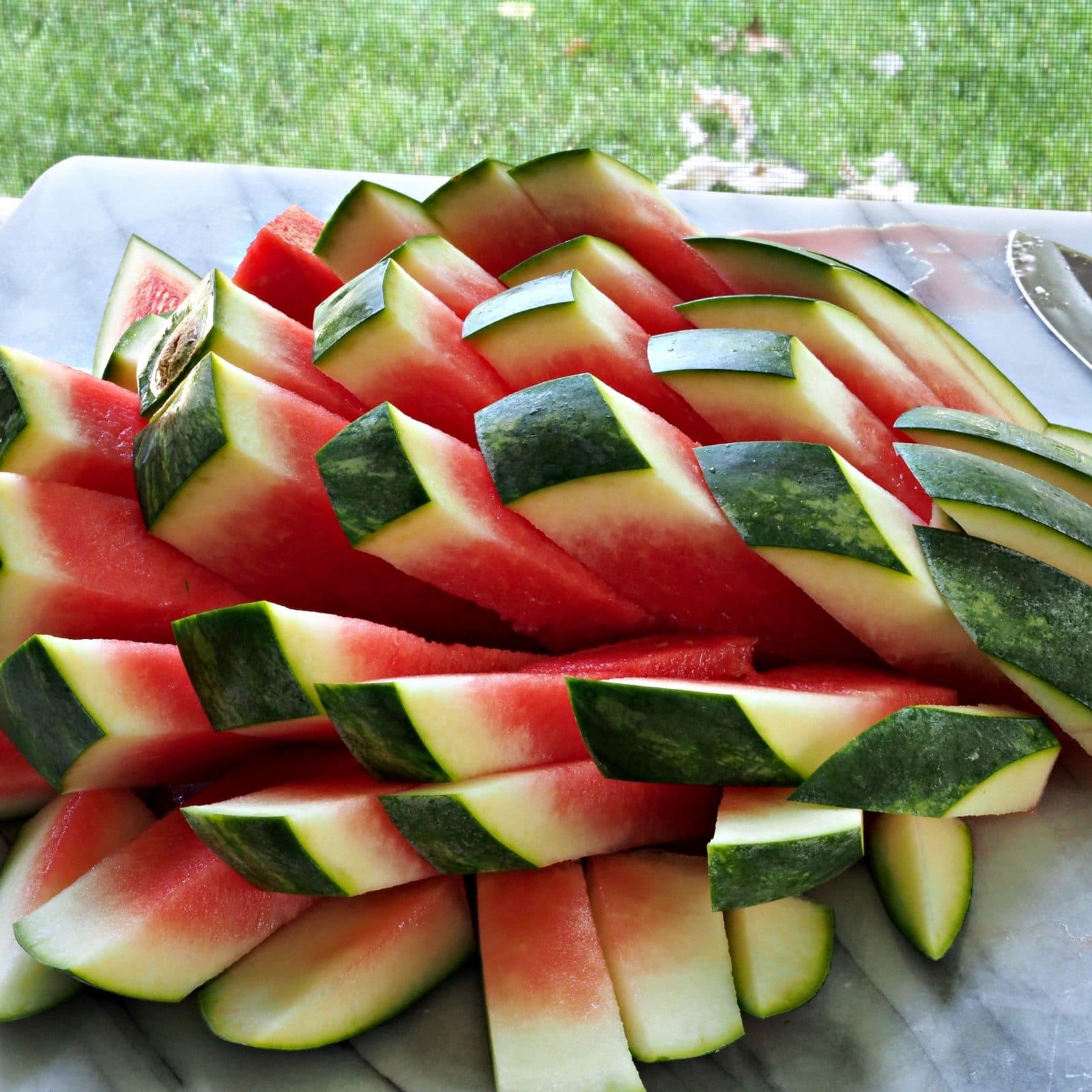
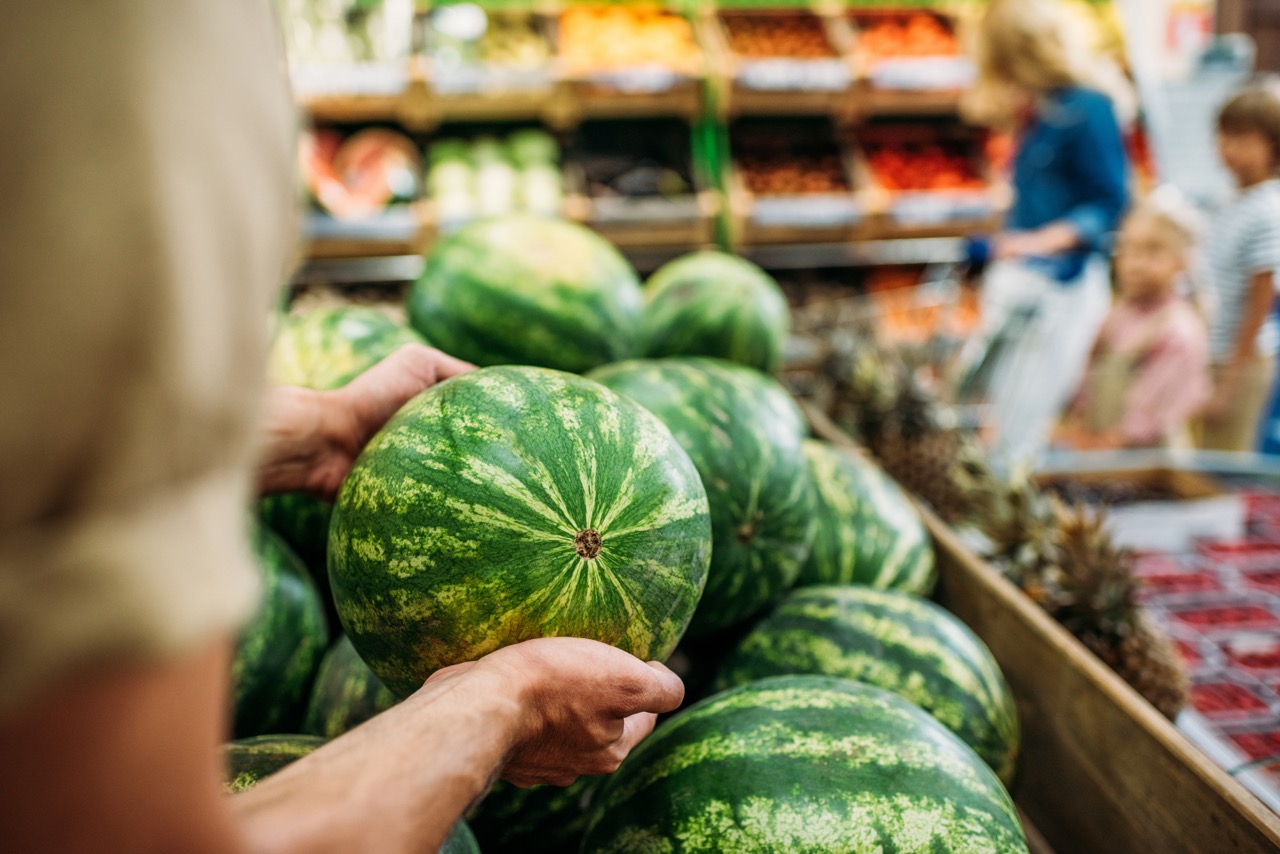
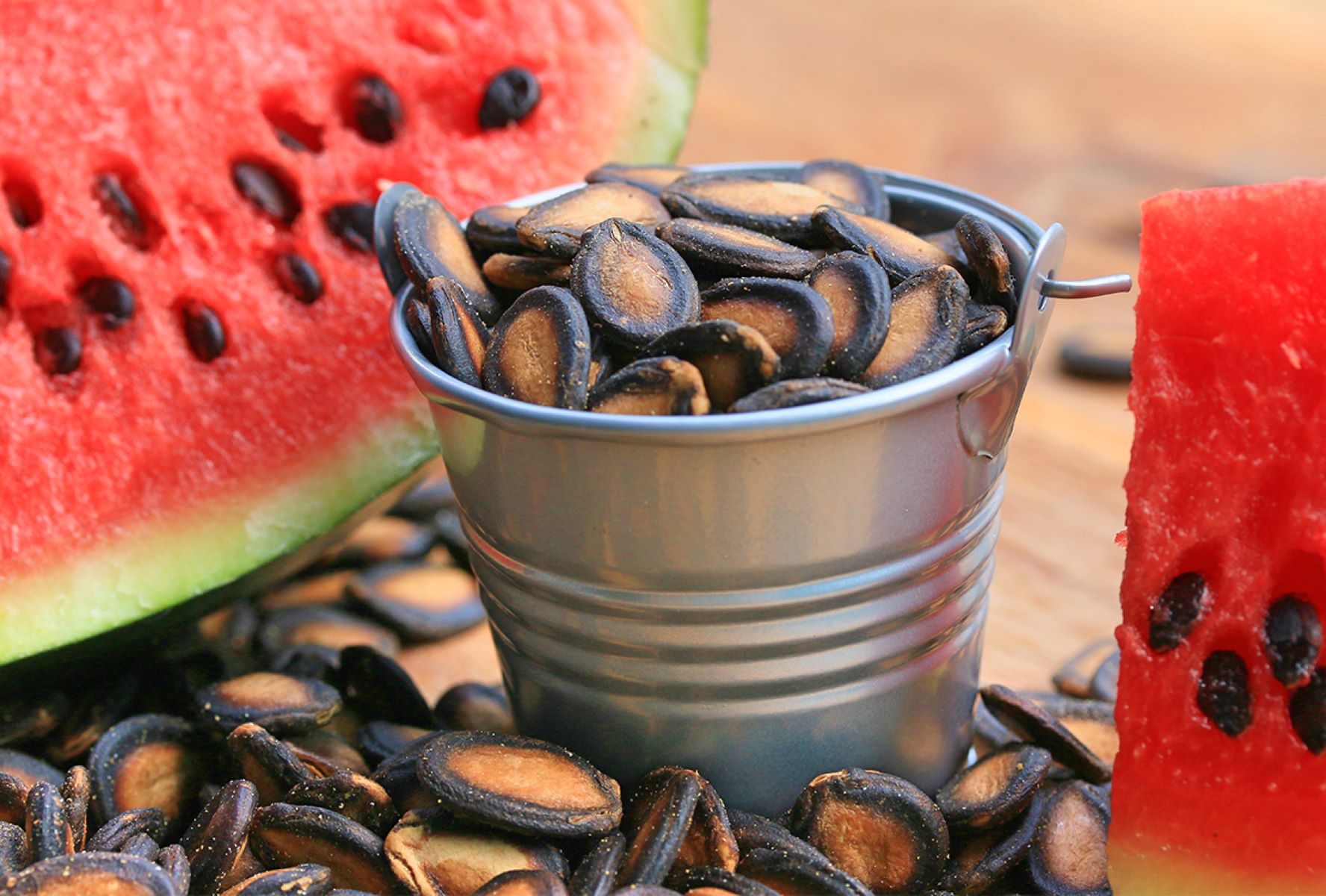
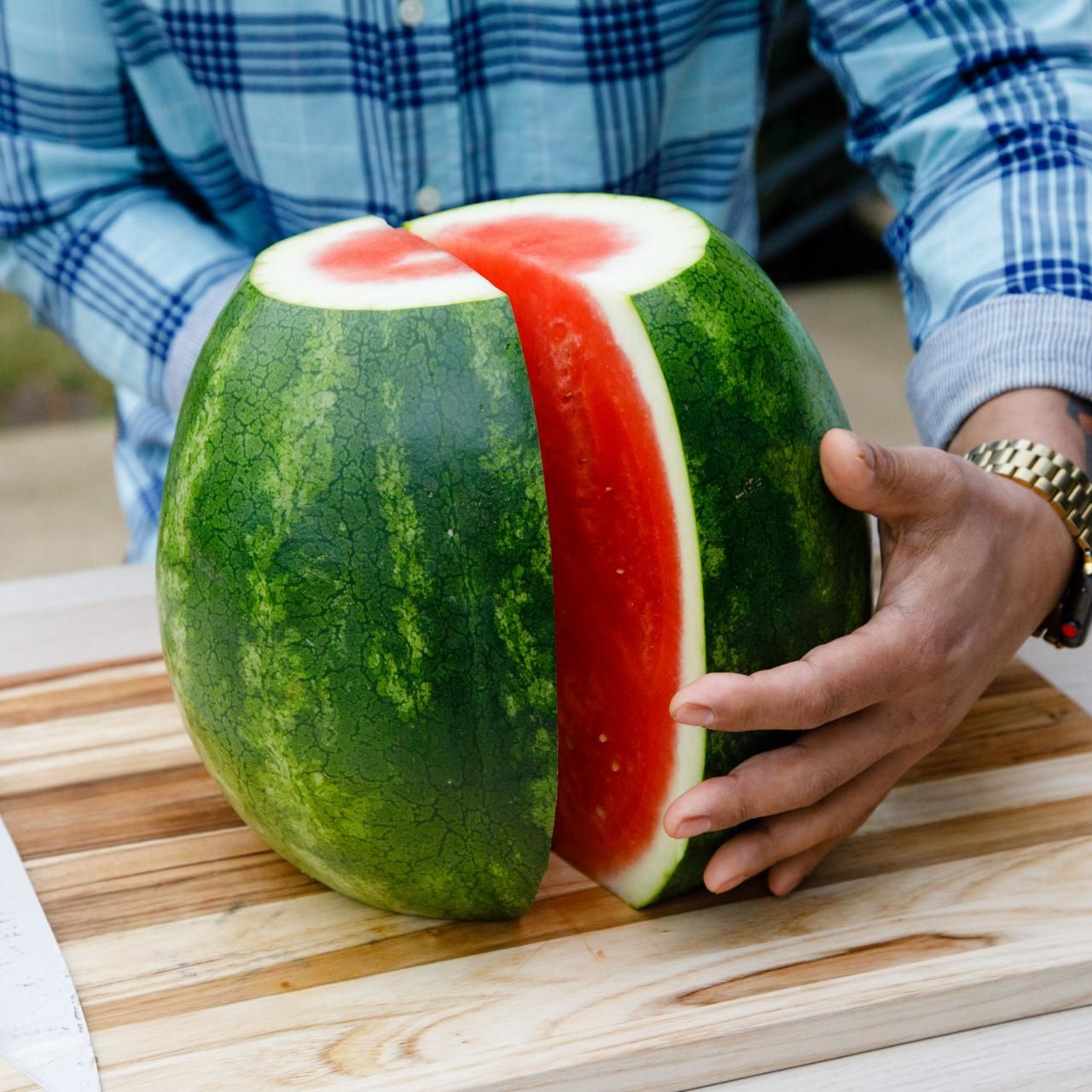
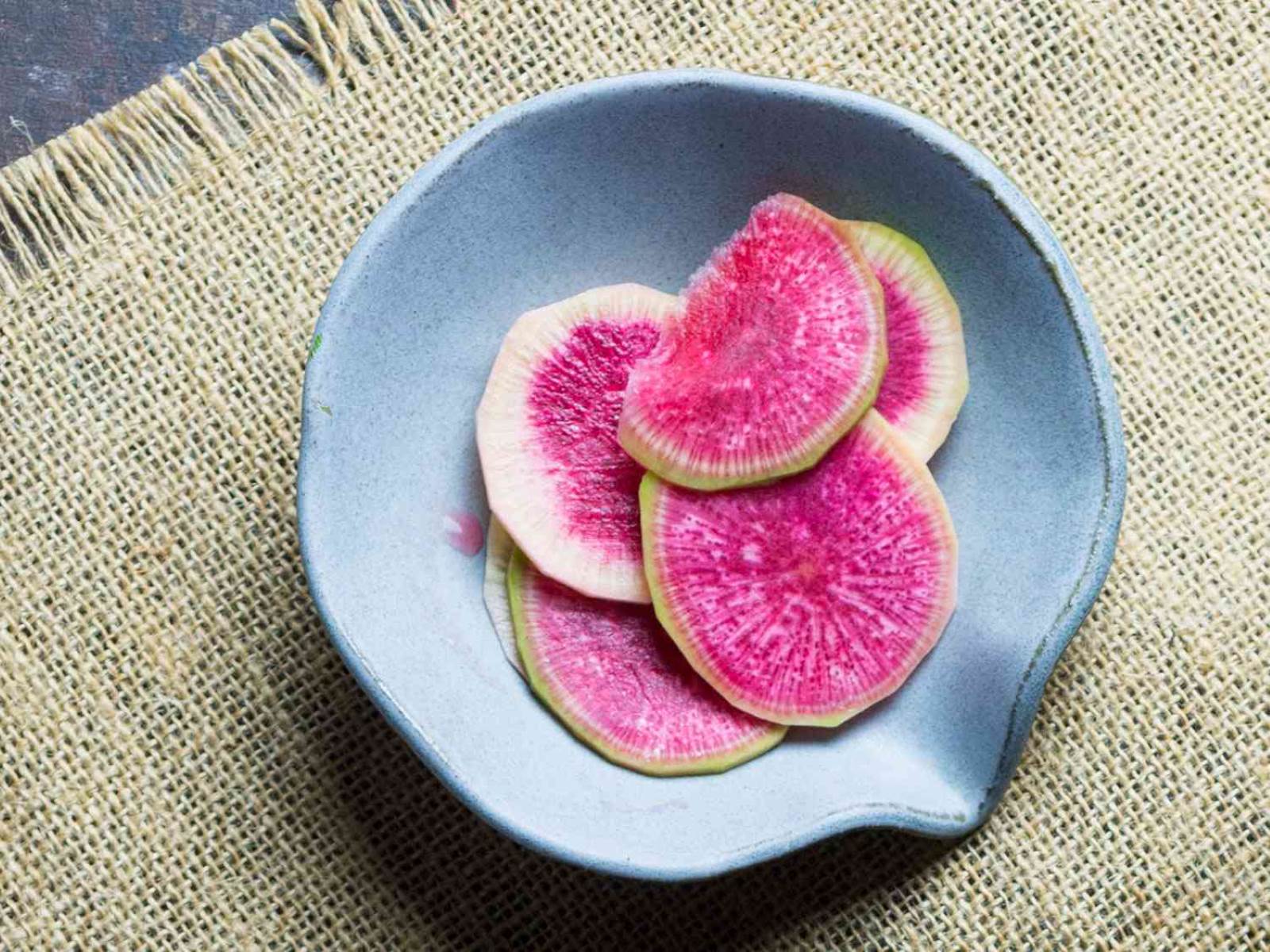
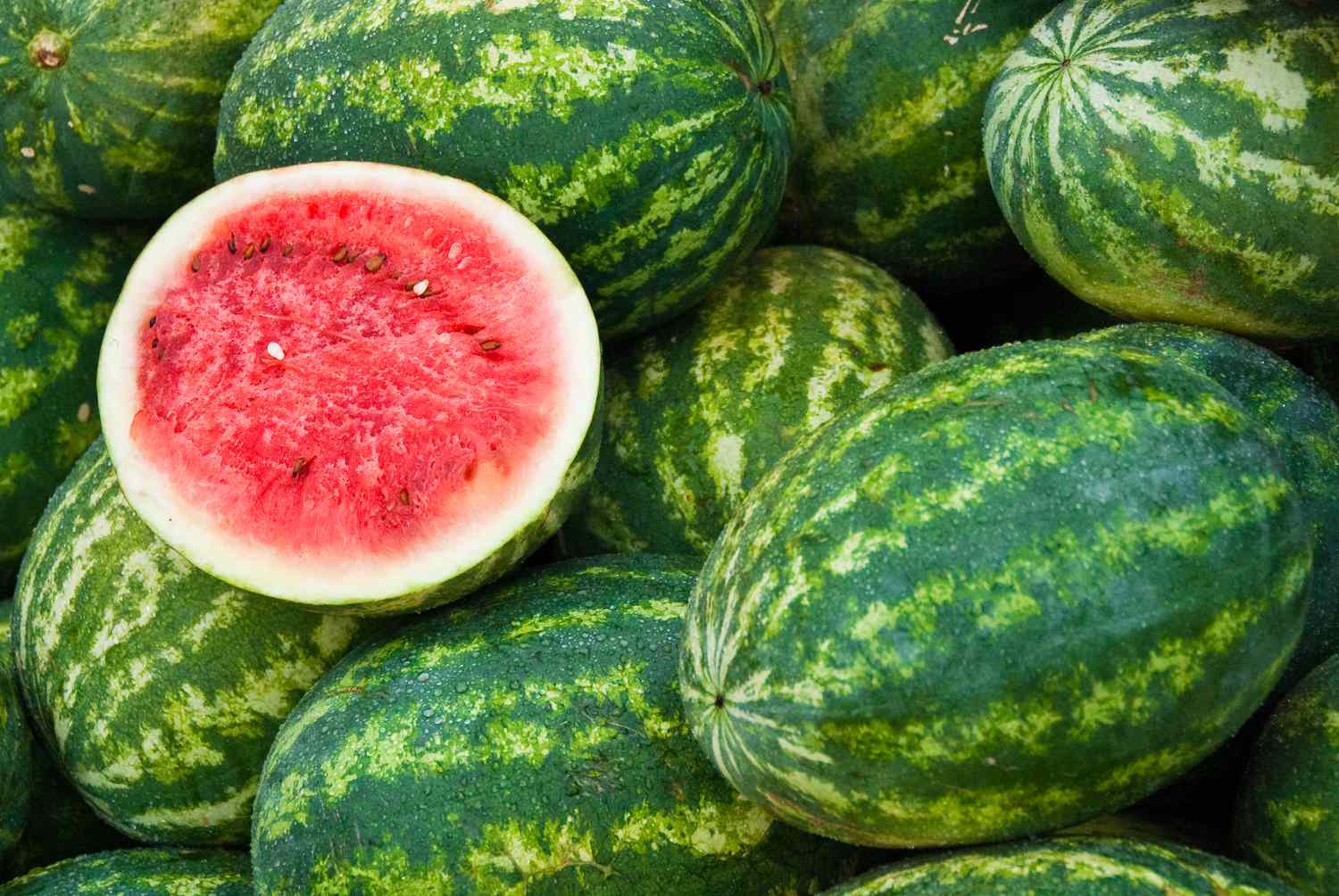
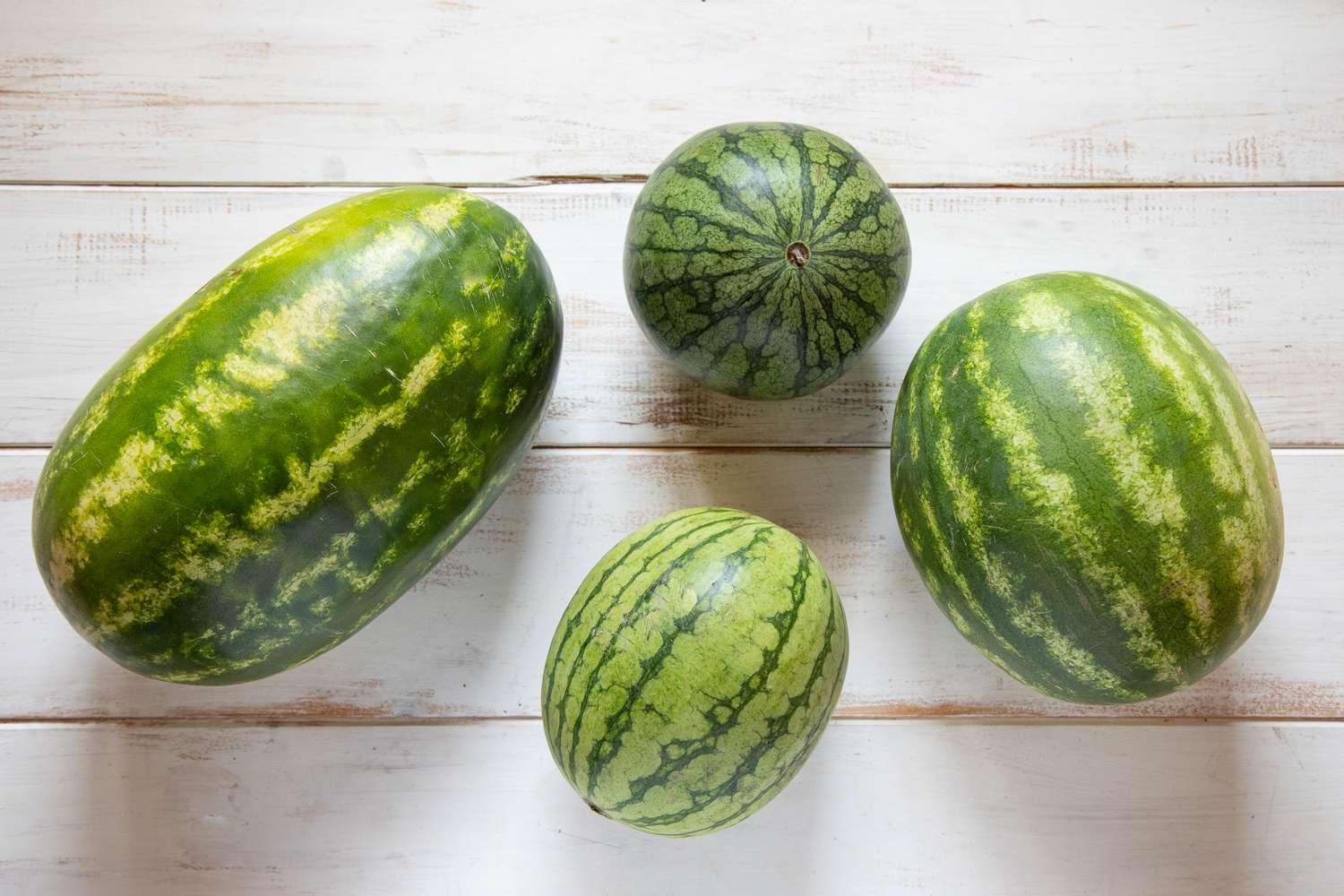

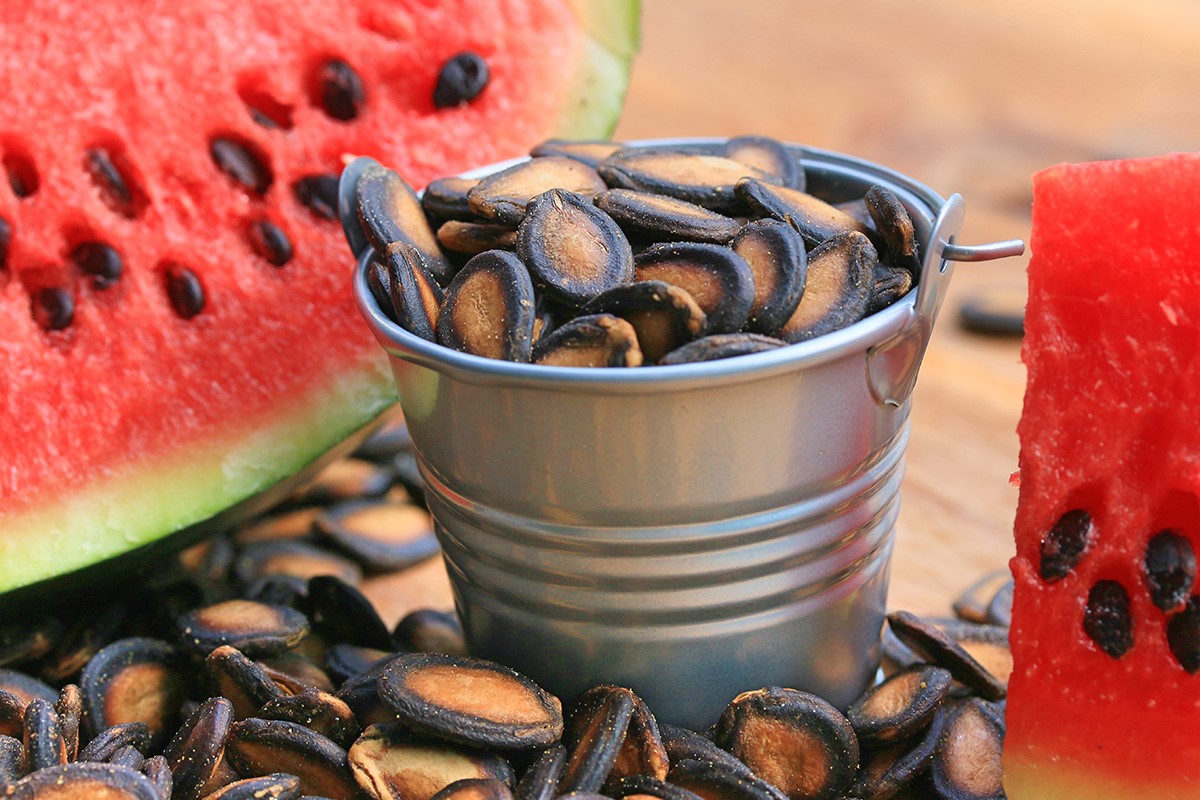
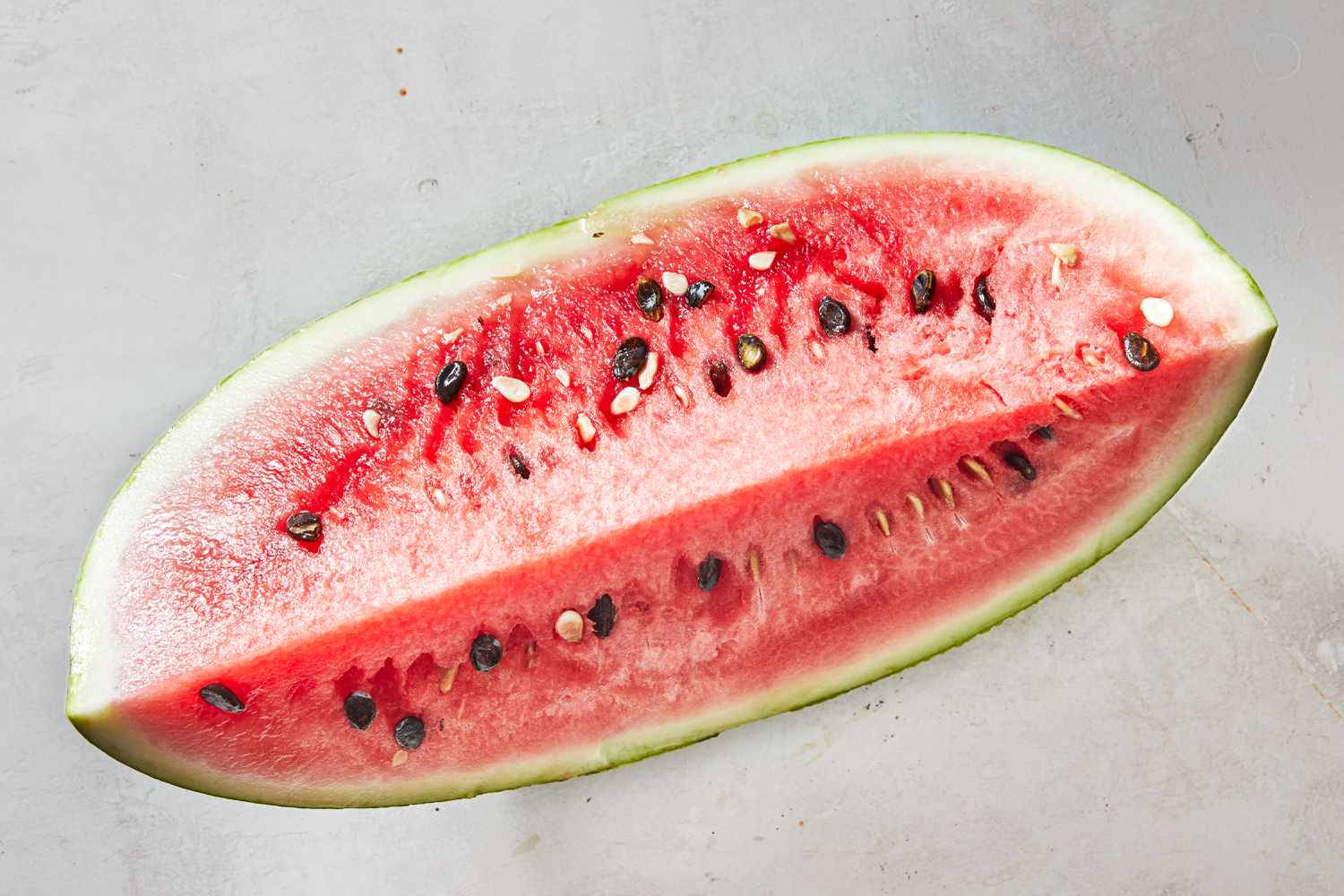
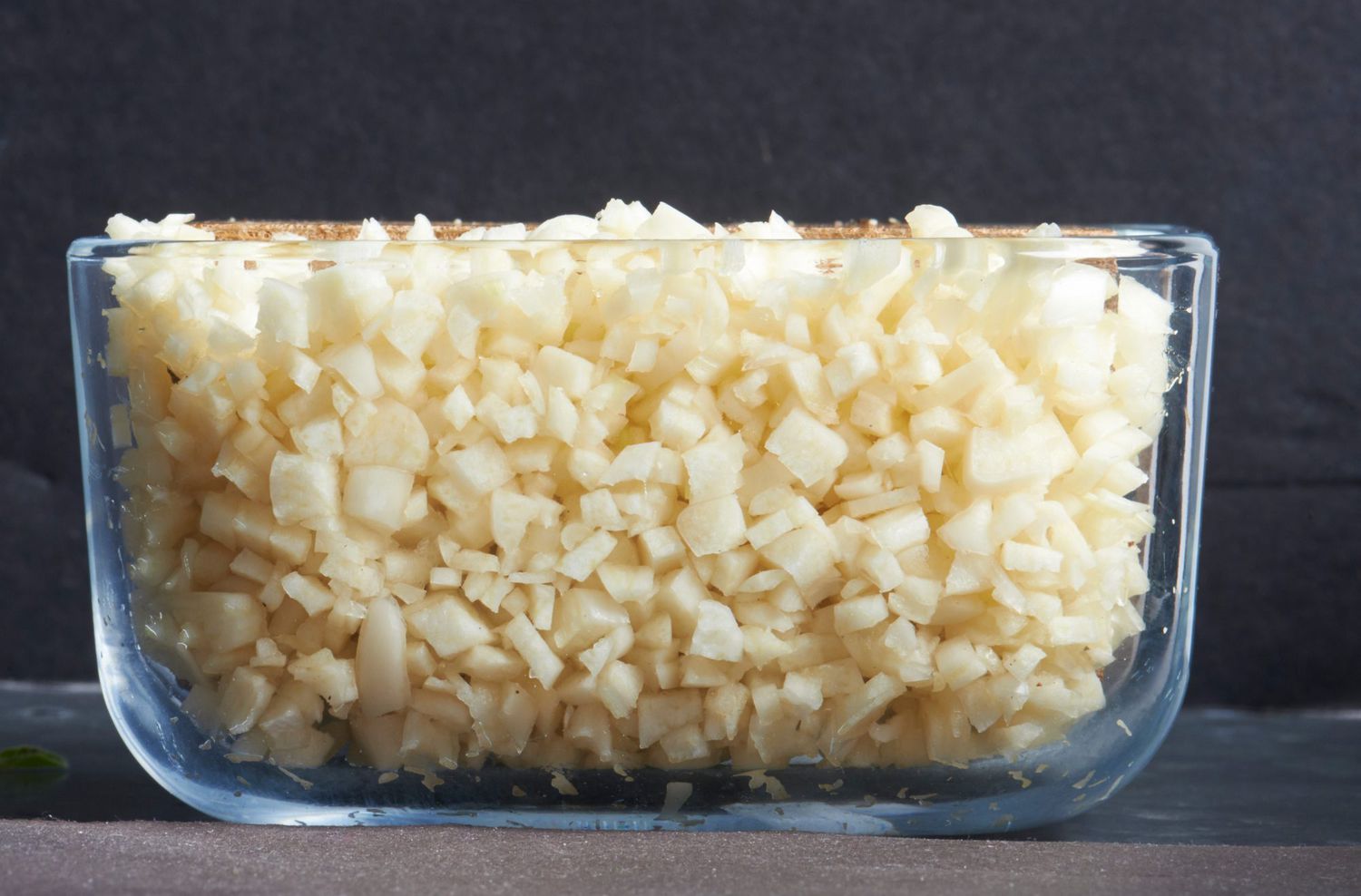
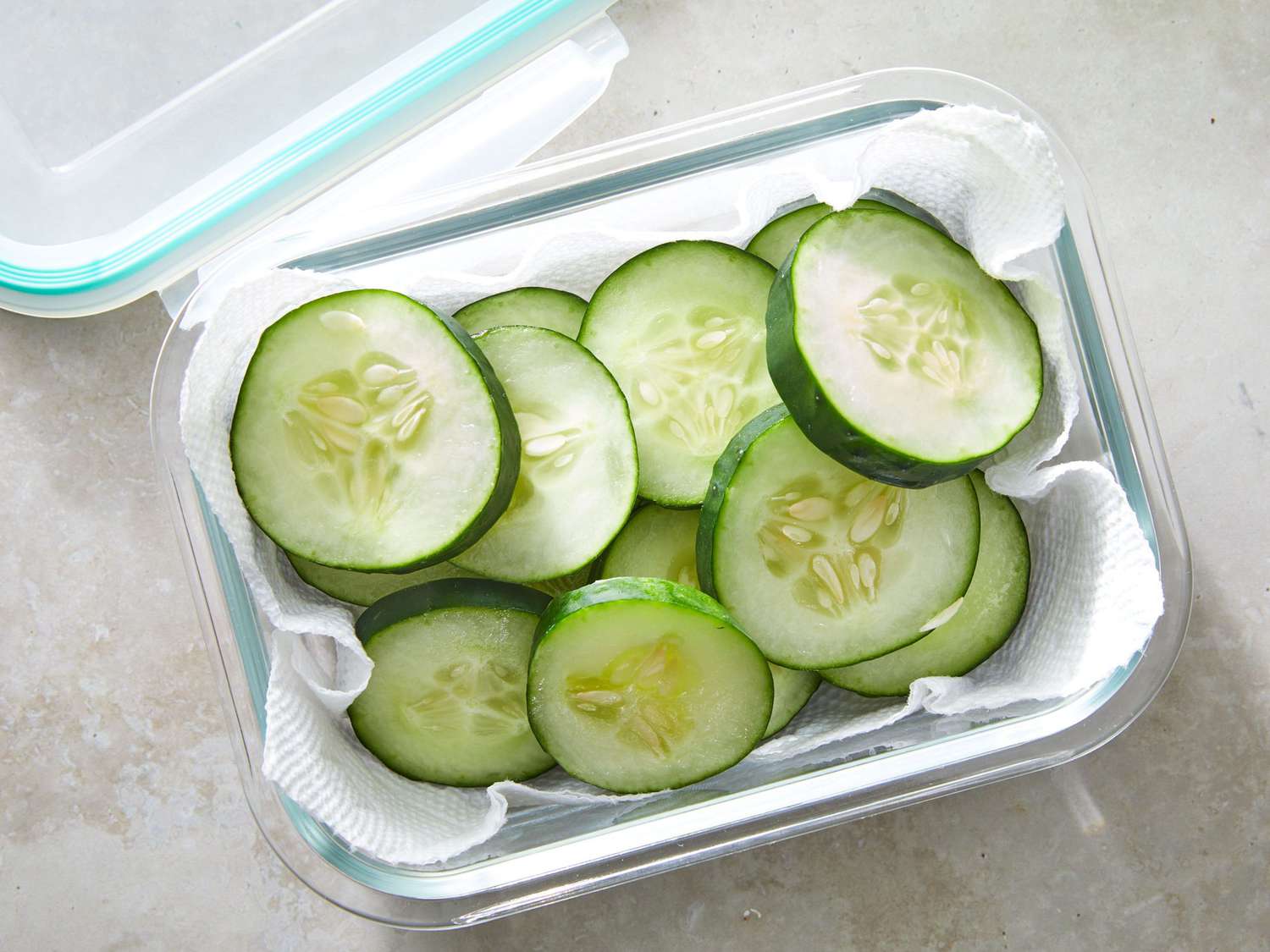
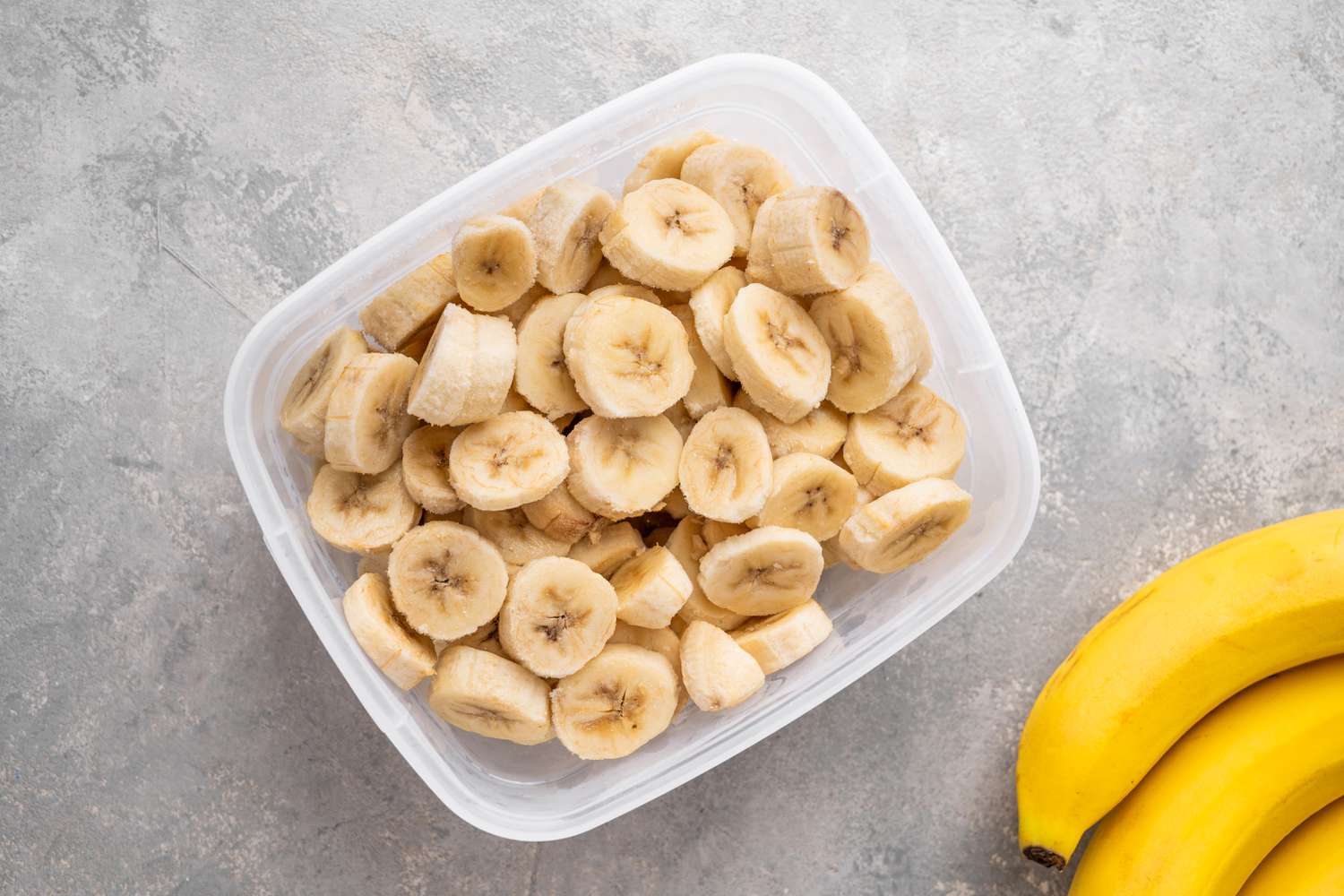


0 thoughts on “How To Store Cut Watermelon”